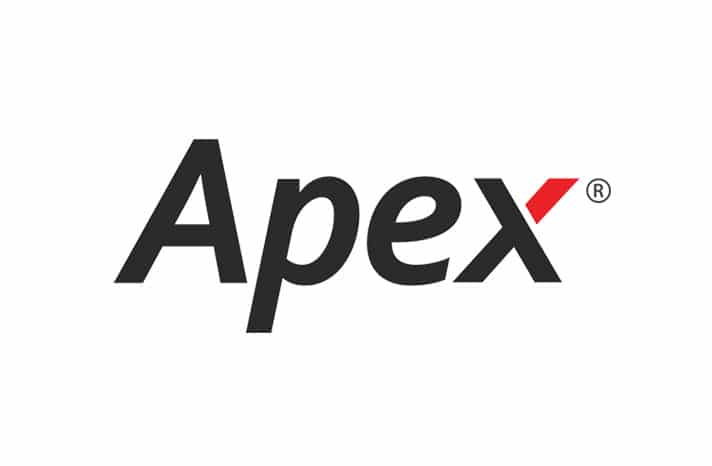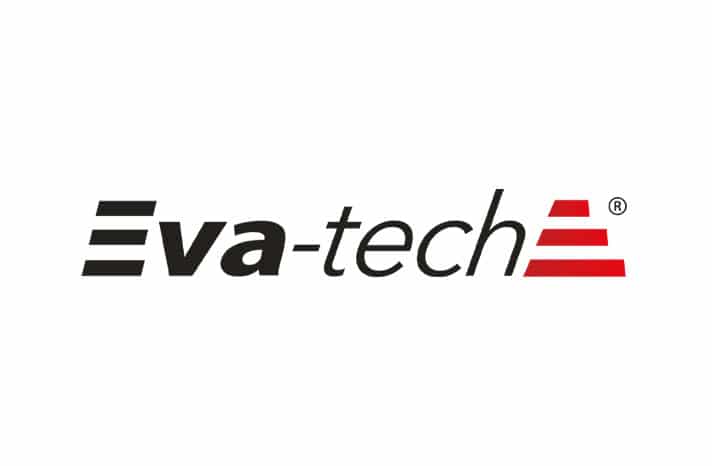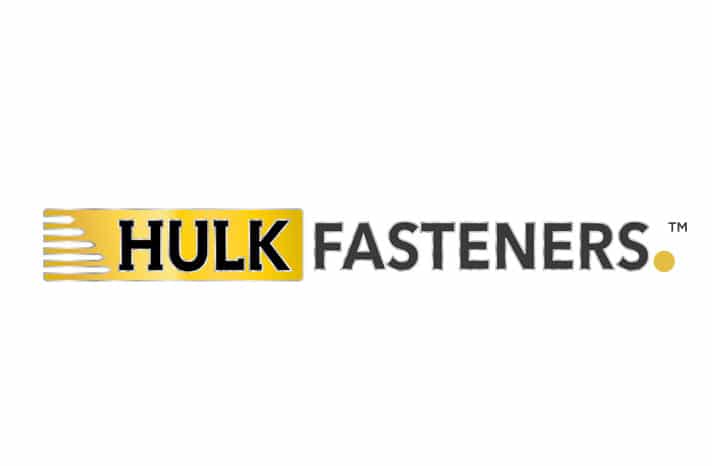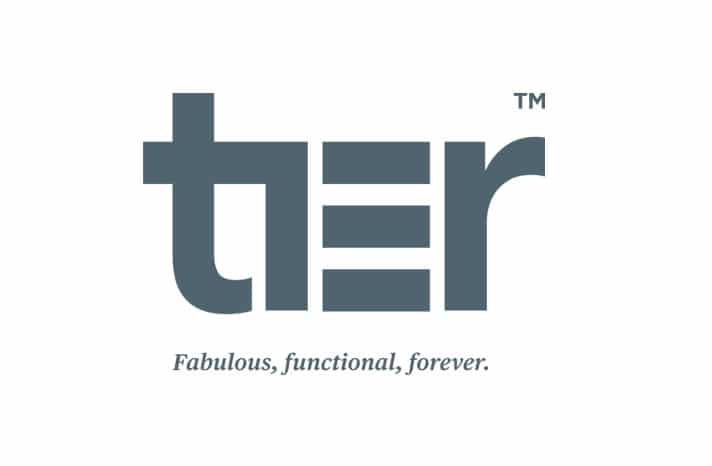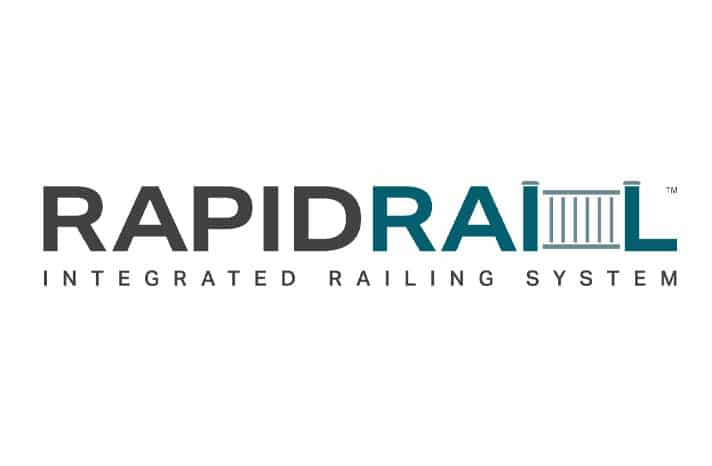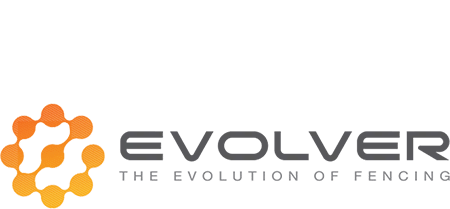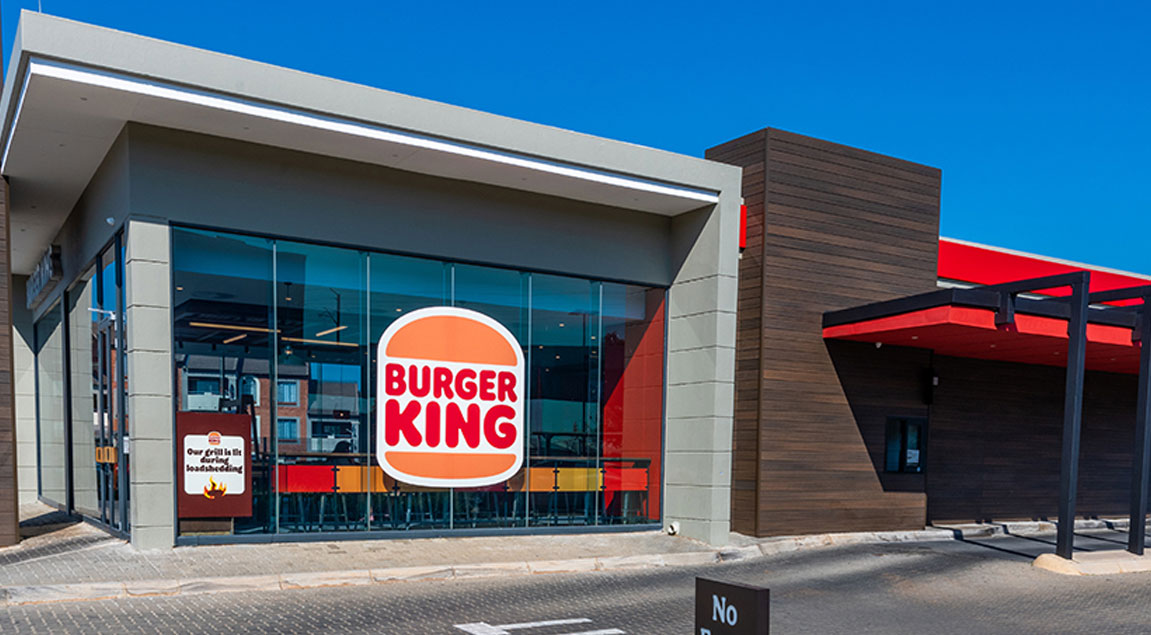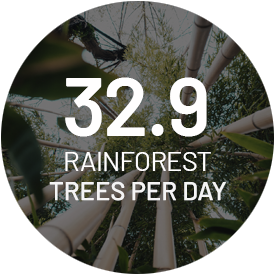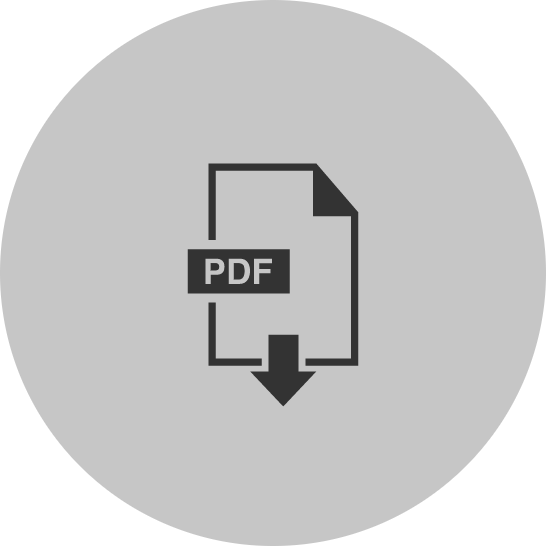The significance of a well-thought-out sales enablement programme for the building materials sector
- By John Westermeyer, Sales Enablement & Sales Director at Eva-Last
In a digital age where the consumer is highly educated, has information at their fingertips, and can make an informed decision, it is imperative now more than ever to enable our sales teams to have the right tools and resources to be one step ahead. Firstly, you may be asking yourself, what exactly is ‘Sales Enablement’, as this is not a common term and is still a function that is maturing in many organisations.
Sales Enablement is about providing sales with tools, information, research, content, and training to be more effective. These pillars of sales enablement will empower your sales teams to take leads and convert them into deals more quickly, in a way that delights your customer, and locks out your competitors. The building industry has been around for centuries but lags behind other industries in using technology, systems, tools, and data to drive sales.
Designing a sales enablement programme
Sales enablement is a function that has several moving parts and involves various areas of the business, as it is interwoven across Sales, Marketing, Operations, Finance, and Logistics. This individual or department needs to be sensitive to both Sales and Marketing because they are the ‘agent’ linking the two functions together and need to promote as much collaboration as possible. Each building materials supplier, from lighting, sanitaryware, cement, to decking, operate in a similar manner. The departmental structures, route to market, and systems are all similar, so how can sales enablement create the competitive advantage?
Firstly, a company must prioritize this function and dedicate resources to drive the programme. Whether it is an individual, or a sales enablement team, this function will unlock all the hidden gems that lie within a company. Sales enablement is the ‘grease’ for the cogs and wheels of Sales and Marketing.
The head of sales enablement will analyze the business to understand and take stock of what systems, tools, training programmes, research information, and data that exists, and how well or poorly it is being utilized.
Analytics, the gold dust in the mine dump
It never ceases to amaze me how companies only look forward to their next month’s sales targets, or review their annual sales plans, without analyzing their previous sales data, apart from the sales numbers. I refer to this as gold dust, as it carries tremendous value but is often unused. Regardless of what ERP and CRM system your company uses, you will be capturing hundreds to thousands of transactions and customer interactions monthly, which all contain valuable insights and trends that should guide your sales strategy.
Sales enablement can either create real-time dashboard reporting that draws off this data cube or share periodic reports across the business. There is an infinite number of reports that could be created but essentially, they should show ‘whitespace’ opportunities for products, customers, channels, and markets. These reports should enable the sales team to know where to go hunt and how to get the best return with the least effort. The purpose of analysis is to drive action. All too often we are fixated on bringing in ‘new’ business when the biggest opportunities are within your existing customer base. When you dive into the detail you will unearth customer’s buying patterns and will be shocked at all the missed sales opportunities.
Customer Relationship Management (CRM)
A CRM system is possibly the single most powerful tool in a company but it simply doesn’t get the focus and attention it deserves. Most companies are only using a fraction of their CRMs capabilities. Speak to any seasoned marketing professional and they will tell you that the new currency is customer information. Sadly, too many building suppliers and their distribution channel partners focus more on the ERP side with transactional processing, rather than capturing the customer buying journey through a CRM system. There’s also the risk of ‘junk in’ and ‘junk out’ due to lack of disciplines, boundaries, and policing of the system. Other industries have embraced this, especially in the online space, and are using analytical tools to extract meaningful information on how to market and engage with their customers, or those that ‘almost’ bought from them but need a bit more convincing.
It can be so frustrating when contacting a company, especially over the phone, and they don’t have insights into your purchasing and engagement history with them. The aim of sales enablement is to enhance sales conversations with information on hand. The salesperson should be able to lead the discussion or correspondence, as if a personal relationship exists. Customised dashboards, especially on mobile devices, need to be set up that extract this data and present meaningful information in real-time to allow for fast responses.
With the surge of Artificial Intelligence tools and systems, sales enablement will drive the integration of AI into the CRM system and present powerful and proactive consumer insights. Don’t leave systems purely in the hands of IT because they are the technology experts. Sales enablement has a deep appreciation for the commercial aspects of the business and should drive the blueprint in defining how your CRM system can offer the most value, to your staff and your customers.
Content is King
There is a reason why Google and Bing are used billions of times each day. These tools are trawling the web for content because customers are smart, and they are doing their homework before they purchase. Sales enablement needs to get into the head of the consumer and understand what levers to pull to get them to purchase from you, and to become a life-long brand advocate. Customers are more educated so gone are the days of simply having a website to have an online presence. A companies’ competitive edge can simply be putting forward the right rich content, at the right time, in a tailor-made way to relate to the consumer. The more credibility you have through enriched content, the less emphasis there is on your products, pricing, as consumers are willing to pay a premium.
80% of the customer’s buying journey is now completed online before any human contact, and in many cases, it may remain a digital relationship. Content is served up in many formats, so it is important for sales enablement to understand all the customer touch-points, and the path to purchase. Whether it is content served up online, in a technical guide, or simply a hardcopy brochure, this is an opportunity to ‘grease’ the cogs for sales. By the time the salesperson is in front of the customer they can focus on the value-based selling proposition, rather than having to explain their products features and benefits. The focus turns towards cementing the trust relationship instead of trying to convince the customer. Listen to your customer, gather feedback on how to better serve them, and tailor your approach with their needs at the forefront of the discussion.
Training, the heart of building knowledge
We move in a fast-paced society and expect our new salespeople to hit the ground running. We give them a laptop, mobile phone and fuel allowance and believe that we have empowered them to bring in the sales. One of the biggest mistakes that companies make is to rush the induction process and quickly put the salesperson on the road to start realizing that return on investment. Sales enablement is best positioned to define a programme to get the salesperson up to speed long before they have their first customer engagement. A carefully crafted induction process that includes using online learning platforms, a structured step-by-step path that exposes them to product information and sales reports, shadowing of existing salespeople, onsite training, and spending time with other departments will be the start of onboarding new staff.
However, training should not be an ‘event’ but rather a life-long learning process. Sales enablement should map out a full ‘curriculum’ or programme that moves up levels, is measurable, and can be digested without being overwhelming. It could be formal training delivered through expert third party companies, or informal ‘Brown Bag’ sessions through subject-matter experts.
Researching the opportunities
Knowledge is power. How often does the salesperson bemoan losing a deal based on price, yet perhaps they didn’t have the information to counter argue this? Depending on your sector and how dynamic your competitor pricing is, sales enablement should run competitor pricing reviews and benchmarking. Of course, it’s not just about presenting the competitor pricing but also about valuable insights on how to counter these prices through sales strategies. If a salesperson is armed with this information and can quickly counter price with the value-based selling process, then the chances of deal conversion increase significantly.
Research is not limited to competitors, products, and pricing, but can also include insights into channels, new markets, macro-economic influencers, and so forth.
Building your sales enablement team
Selecting the right person to drive sales enablement requires careful consideration. This person needs to be commercially astute, have strong commercial experience across various functions, yet be agile and open to cutting-edge technology developments. They need to know how Sales operates, the process, and customer journey. Other skills include communication, team building, customer excellence, training and development, and creativity. Ideally, they should have project management knowledge and a flair for Excel (or similar) for data analytics.
To succeed, there should be a clearly defined structure for how sales enablement fits into the organization to avoid cross-functional clashes or duplication of roles and responsibilities.
Measures of success
Although there are several ways to measure the success of sales, the most common would focus on top line sales. The foundation of growing top line sales comes down to number of leads, lead conversion, customer retention and repeat purchases. Sales enablement needs to explore the full value chain and understand how efficient sales is, the time it took from a lead to a sale, what was sold, at what margin, as well as lost sales, to name a few.
Other measures of success include usage of analytical reports, number of training courses completed, the online scores achieved, system engagement, and usage of tools. From a customer perspective, one could measure content engagement, tracking clicks, and time spent on website pages. The measurement criteria are endless, and you should prioritize what is important and in line with your sales strategy.
Sales enablement is an ever-evolving journey that may initially seem overwhelming, especially if this is new to your organization. In the words of the famous Chinese proverb “A journey of a thousand miles begins with a single step”. Break it down, decide what pillars you would like to focus on first, and soon your sales team will reap the rewards.







